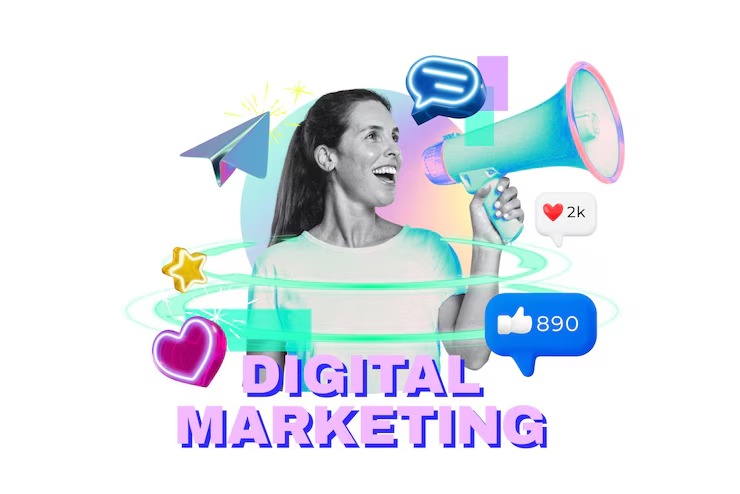Digital Detox 101: How to Unplug and Recharge
In today’s hyperconnected world, the constant barrage of notifications, emails, and social media updates can leave us feeling drained and overwhelmed. A digital detox—a deliberate break from technology—can help restore mental clarity, reduce stress, and improve overall well-being. This guide explores the why and how of unplugging, offering actionable strategies to reclaim control over your digital habits and rediscover balance in your life.
The Hidden Costs of Digital Overload
Excessive screen time doesn’t just waste hours—it impacts our brains, bodies, and relationships. Studies show that prolonged use of digital devices can lead to:
- Increased stress and anxiety: Constant connectivity keeps the mind in a state of alertness, preventing relaxation.
- Poor sleep quality: Blue light from screens disrupts melatonin production, making it harder to fall asleep.
- Diminished focus: Multitasking between apps and notifications fragments attention, reducing productivity.
- Weakened real-life connections: Over-reliance on digital communication can erode face-to-face interactions.
Understanding these consequences is the first step toward making meaningful changes. By recognizing how technology affects well-being, it becomes easier to justify stepping back and setting boundaries.
Practical Strategies for a Successful Digital Detox
Detoxing doesn’t mean abandoning technology forever—it’s about creating healthier habits. Here are effective ways to unplug without completely disconnecting:
- Designate tech-free zones: Keep bedrooms, dining areas, or other personal spaces device-free to encourage mindful presence.
- Schedule screen breaks: Use apps like Freedom or Stay Focused to block distractions during set hours.
- Reintroduce analog activities: Replace scrolling with reading, journaling, or outdoor walks to reduce dependency on screens.
- Batch-check notifications: Limit email and social media checks to specific times rather than reacting to every alert.
- Practice single-tasking: Focus on one activity at a time to retrain your brain for deeper concentration.
Building new routines takes effort, but even small adjustments can significantly reduce digital fatigue.
Sustaining a Balanced Digital Lifestyle
The goal isn’t a one-time detox but cultivating long-term digital wellness. To maintain balance:
- Reflect on your usage: Regularly assess how technology enhances—or detracts from—your life.
- Set intentional boundaries: Institute rules like “no phones after 9 PM” or “weekend social media pauses.”
- Reconnect with the physical world: Prioritize in-person interactions and hobbies that don’t involve screens.
- Educate yourself: Stay informed about tech’s psychological effects to make conscious choices.
By treating digital consumption as a deliberate practice rather than a default setting, you regain agency over your time and energy.
Taking regular breaks from digital devices is essential in an age where technology dominates daily life. Digital detoxing helps mitigate stress, improve focus, and strengthen real-world relationships. Whether through small changes or structured breaks, the key is consistency and self-awareness. By applying the strategies discussed, you can enjoy the benefits of technology without letting it control you—a balanced approach for a healthier, more mindful existence.




